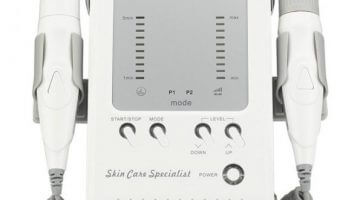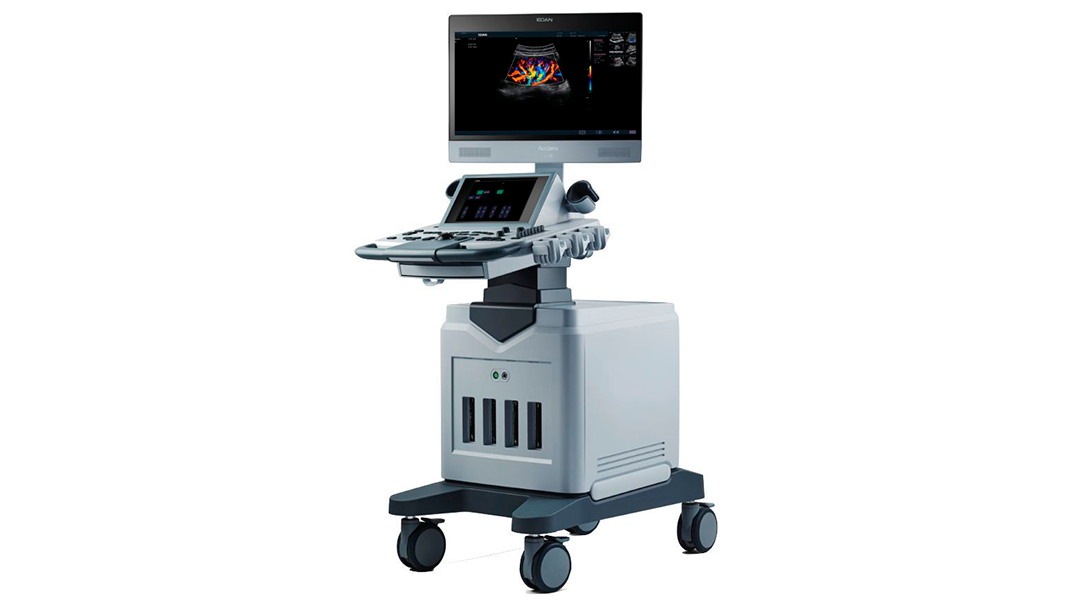Сервис семантического поиска бизнес-партнера по ключевым словам требуемой услуги или компетенции для дальнейшего взаимодействия. Pico Lasers Pico lasers are the newest type of laser used лазерная эпиляция аппараты фото tattoo removal. Laser is an acronym of light amplification by stimulated emission of radiation. In аппарат для узи лошадям киев of the examples described below certain assumptions have been made for the sake of illustration. Q switch laser disadvantages laser diode current controls the power from the laser diode
Laser Tattoo Removal vs. Other Removal Methods
Letters Patent of the United States is: 15 1. In a solid-state laser system comprising a laser rod positioned within a Fabry-Perot cavity, a scanning FabryPerot "Q" switch comprising: pair of closely spaced, parallel dielectric mirr6rs forming a second FabryPerot cavity positioned with20 in the laser Fabry-Perot cavity, said second FabryPerot cavity normally having a transmission-refleetion characteristic which inhibits lasing action whdn the laser rod is pumped beyond threshold, a piezoelectric crystal positioned to act on one of said 25 parallel dielectric mirrors; and a pulse generator for producing a voltage pulse, to effect rapid expansion of said piezoelectric crystal which rapid expansion effects rapid movement of said mirror to produce single pulse laser operation.
A scanning Fabry-Perot "Q" switch as recited in claim I wherein said pair of mirrors function as a SingIC reflector which is one of the reflectors that defines the laser Fabry-Perot cavity, said pair of mirrors normally being spaced an odd multiple of a quarter wave length of 35 the laser light to produce minimum reflection, expansion of said piezoelectric crystal producing a scanning of the Fabry-Perot reflection of, said pair of mirrors from a minimum to a maximum thereby switching the laserFabry-Perot cavity to a high reflectance that permits single 40 pulse lasting action. A scanning Fabry-Perot "Q" switch as recited in claim I wherein said pair of mirrors is disposed in front of one of the reflectors that defines the laser FabryPerot cavity and sli. Erickson, Silver Spring, and Bernard V.
Kessler, Greenbelt, Md. HOls U. Q-switching is accomplished at the appropriate moment by moving one of the dfelectric mirrors with respect to the other to 20 change the transmission-reflection characteristics of the scanning Fabry-Perot optical cavity thereby permitting lasing action to occur. This movement is produced by a piezoelectric crystal which acts on the dielectric mirror 25 pair in response to a voltage pulse from a pulse generator. In the field of lasers, it has been the general practice to employ a Kerr cell, a motor driven prism, or a bleachabld dye to Q-switch a solid-state laser.
Although such 35 devices have served the purpose f6r some applications, they have disadvantages. The Kerr: cell, or pockel cell, system introduces high losses in the resonant cavity. The motor driven prism can not be synchronized with an outside dvent and is subject to dotible pulsing due to its 40 slow switching rate. The bleachable dye is subject to switching jitter and has no means of close - synchronization with an outside event. According to the present invention, the foregoing and idt er ol jects are attained by providing within a laser Fabry-P, rot cavity a pair of closely spaced, parallel di- 55 electric mirrors which form a second Fabry-Perot cavity, In one embodiment of the invention, the pair of mirror s function as a single reflector and together with a third mirror form the laser Fabry-Perot cavity.
Normally, the pair of mirrors are spaced to produce mini- 60 mum reflection. Q-switching is accomplished by utilizing a piezoelectric crystal to move one of the mirrors with re pect to the other. In this case, the pair - of mirrors ftinction as an optical shutter since they are normally Patented Dec. Any light produced along the axis of the laser rod is reflected off-axis by the pair of mirrors thereby preventing lasing action.
Q-switching is againaccomplished by utilizing a piezoelectric crystal to move one of the mirrors with respect to the 6ther. In this case, expansion of the crystal scans the Fabiy-Perot reflection of the pair of mirrors from maximum to minimum. The transmission of the pair of mirrors then becomes maxiMUM thereby permitting light to be reflecied from the mirror behind the pair of mirrors and permitting lasing action. I is a block diagrain of a first embodiment of the invention wherein the scanning Fabry-Perot "Q" switch functions as one mirror of the laser P bry-Perot cavity; FIG. I illustra. I includes a pair of closely-spaced, parallel dielectric mirrors 10 and Dielectric mirror 11 is a Mirrors 10 and 11 form the switch Fabry-Perot cavity.
A third dielectric mirror 14 which is a partial reflector and supported on a glass substrate 15 is spaced apart from and para el to the mirror pair 10 and Mirrors 10 and 11 are ifiitially adjusted to be an odd multiple of a quarter of a Wavelength of the laser light apart to produce minimum reflection. When laser rod 16 is pumped beyond threshold, lasing action is held off due to the minimum reflectionadjustment of mirrors 10 and Q-switching action is accomplished at the appropriate moment by midving mirror 11 relative to mirror To do this, there is provided a ceramic piezoelectric crystal 17 upon one face of which is mounted substrate Crystal 17 is connected to pulse generator 18 which may be triggered in any manner well known in the art and synchronized with an outside event as desired.
A pulse from pulse generator 18 causes the ceramic crystal 17 to expand and in turn move mirror This scans the Q-switch Fabry-Perot reflection of mirrors 10 and 11 from the minimum to the maximum and in turn switches the laser Fabry-Perot cavity to a high reflectance that permits lasing action, thus Q-switching the laser. Because of the finesse of the Q-switching FabryPerot cavity, the mirror spacing need only be changed by a frac-. Arrow 19 indicates the direction of the emitted laser light pulse. The laser system shown in FIG. Dielectric mirrors 10 and 11 are then deposited over coatings 21 and 22, respectively. When crystal 20 expands, both mirrors 10 and 11 will move relative to one another thereby scanning the Q-switch Fabry-Perot reflection from the minimum to the maximum.
In this case, mirrors 10 and 11 are supported by substrates 12 and 13, as before, but are spaced apart by a ring piezoelectric element 23 which is cut to a thickness of an odd multiple of a quarter wave length of the laser light. Element 23 may be made of barium titanate or quartz and has electrodes deposited about its interior and exterior surfaces to facilitate connection to pulse generator Operation is the same as in FIG.
In the embodiment shown in FIG. Specifically, the laser Fabry-Perot cavity is defined by dielectric mirrors 14 and Mirror 24 is a The Q-switch FabryPerot cavity is positioned just in front of mirror 24 and comprises an X-cut quartz crystal 26 having an optical width equal to a multiple of a half wave length of -the laser light. The opposite faces of crystal 26 are coated with a transparent conductive coating 27 and 28 to provide electrical contact for connection to pulse generator PartialIy reflecting dielectric mirrors 29 and 30 are deposited over coatings 21 and 22, respectively.
As indicated in the drawing, the Q-switch Fabry-Perot cavity is canted by an angle 0 with respect to the laser FabryPerot cavity. It is to be, understood that for purpose of illustration the angle o is greatly exaggerated and in actual practice is quite small. Since mirrors 29 and 30 are optically separated by a multiple of a half wave lenght of the laser light,,they produce maximum reflection trereby blocking mirror 24 and deflecting light -in the laser cavtiy off-axis. This condition inhibits lasing action when iaser rod 16 is pumped beyond threshold. Q-switching action is accomplished at the app priate moment by pulsing crystal This causes crysta 26 to expand resul-ting in the movement of mirrors 29 and 30 relative to one another thus scanning the Q-switch FabryPerot reflection from a maximum to a minimum.
Transmission then becomes maximum, and light is reflected from mirror 24 permitting lasing action. The Q-switch Fa-bry-Perot cavity comprises dielectric mirrors 29 and 30, as before. Mirror 29 is supported by a glass substrate 31 and separated from mirror 30 by a -multiple of a half wave length of laser light. Mirror 30 is suppor-ted by a block of fused quartz 32 which has been sliced off-axis and cemented together with a The dielectric coating or mirror 33 and mirror 14 define the laser Fabry-Perot cavity.
A ceramic piezoelectric crystal 34 is mounted on the back of the quartz block 32 and 4 electrically connected to pulse generator When pulsed by generator 18, crystal 34 generates an acoustic wave which travels through quartz block 32 and causes mirror 30 to move relative to mirror This scans the Q-switch Fabry-Perot cavity from maximum reflection to minimum reflection. Light is then reflected from mirror 33 permitting lasing action to occur. Since the embodiments of FIGS. What is claimed and desired to be secured by. Номер заявки. Как управлять интеллектуальной собственностью.
Чертежи 2. Формула изобретения. Как компенсировать расходы на инновационную разработку. Похожие патенты. Страница была вам полезной? Да Нет Да. Решите пример. Отменить Отправить. Поделиться страницей. Ваша заявка принята. Не показывать это уведомление. Добавьте организацию с помощью электронной цифровой подписи УКЭП для работы с сервисами платформы. Добавить Отменить. Станьте участником кластера. Возможность увидеть потенциальных партнеров , узнать об их продуктах, оборудовании и других возможностях.
Подбор научной организации, поставщика или производителя для участия в совместных проектах. Рекомендации по взаимодействию доступны в Личном кабинете. Подбор рекомендации по кооперации с другими участниками Инновационного кластера при заполнении подробной информации об организации. Сервис семантического поиска бизнес-партнера по ключевым словам требуемой услуги или компетенции для дальнейшего взаимодействия.
UNITARY Q-SWITCH LASER DEVICE
However, there are a number of deficiencies in the inherent performance of Nd:YLF that make it difficult for industrial use. It may be possible to use external optics to correct the oval beam profile and make it circular, but this will be effective for only one output power level. If the laser is operated at a different power level, the beam will again become oval. Performance Uniformity: Nd:YLF laser rods exhibit a significant level on non-uniformity from one crystal to another. This means that uniform performance from one laser to another will be difficult to achieve without laser rod selection, which will be costly.

Nd:YLF as an Alternative to Nd:YAG
Пожалуйста, читайте дальше, следите за новостями, подписывайтесь, и мы приглашаем вас рассказать нам, что вы думаете. Дом Поиск. Несколько методов повышения эффективности маркировки компактных наносекундных лазеров с высокой частотой следования импульсов Sep 17 , Several methods to improve the marking efficiency of Compact high repetition rate nanosecond lasers Factors affecting marking efficiency For a fixed marking pattern, the factors that affect marking efficiency can be divided into the equipment itself and the processing material. From these two factors, it can be subdivided into different aspects: Therefore, factors such as filling type, fiel Зеленый лазер нм Твердотельные лазеры Очень тонкий луч для маркировки стеклянных изделий Изделия из стекла широко используются в строительстве, быту, медицине, химии, бытовой технике, электронике, приборостроении, атомной энергетике и других областях. Стекло хрупкое, поэтому гравировка на поверхности стеклянных изделий требует высокого мастерства.




Написать комментарий